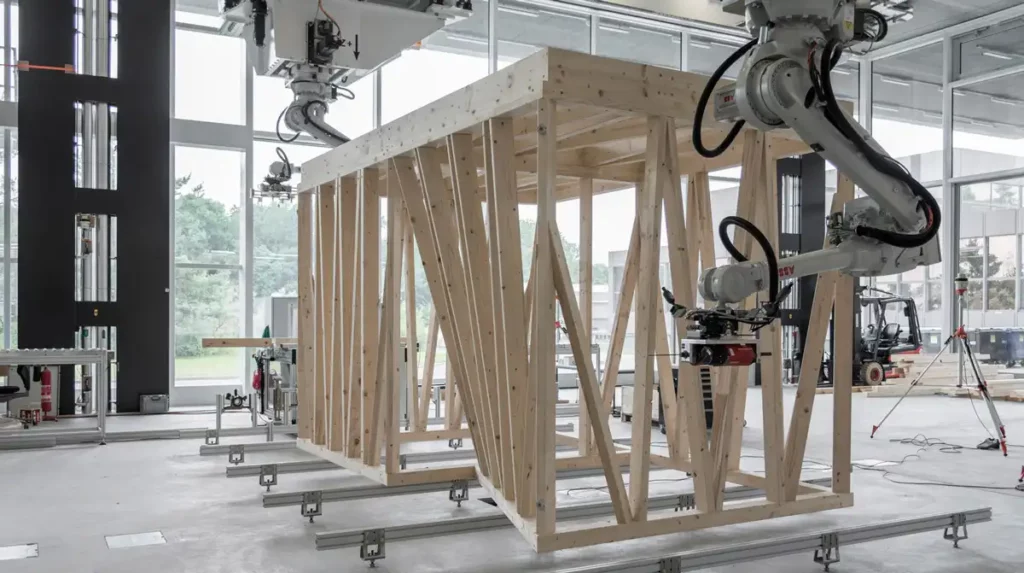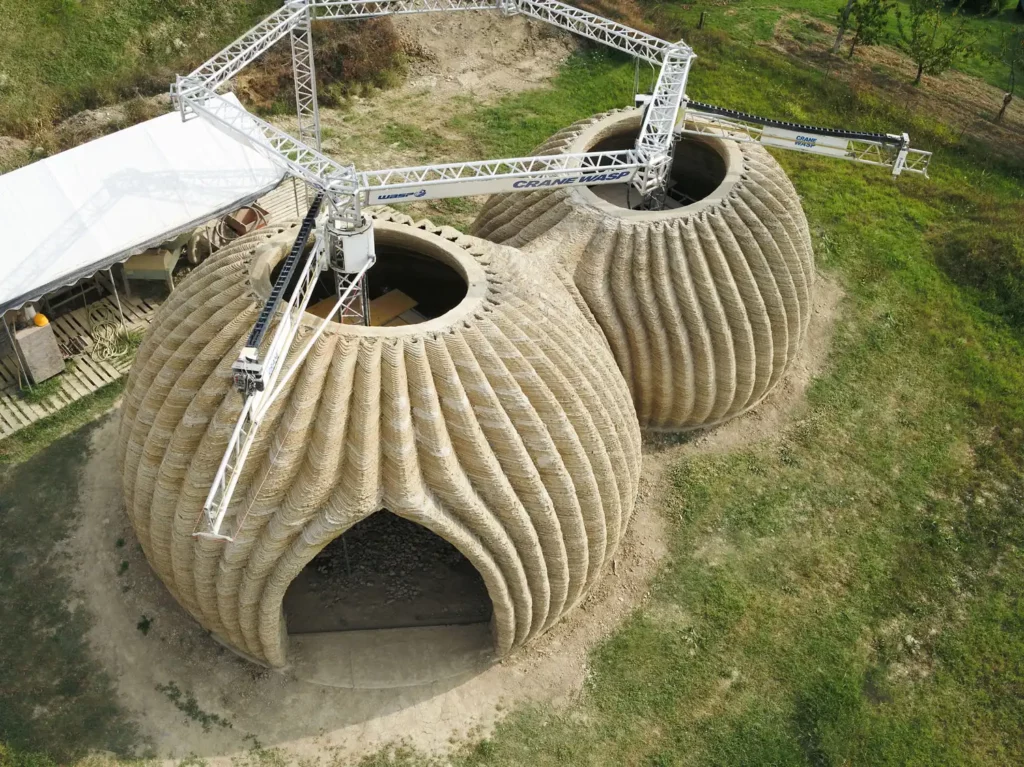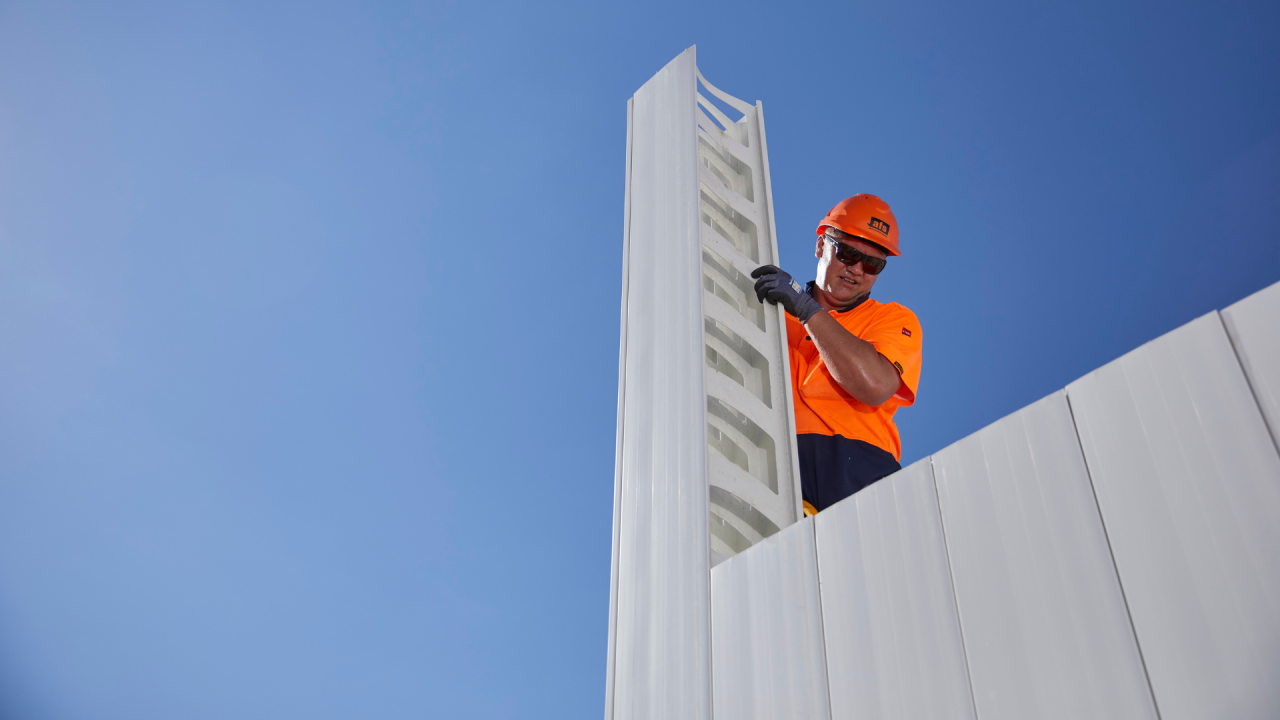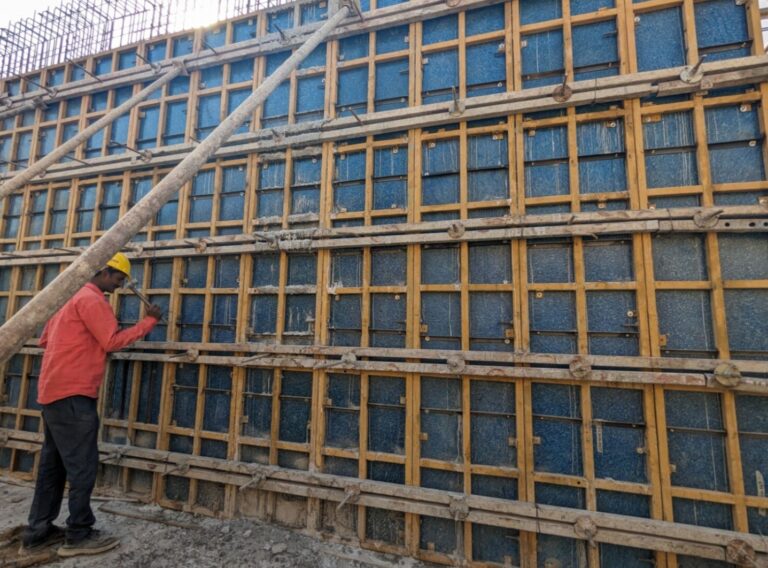How Plywood Curved Concrete Forms Are Revolutionizing the Industry
The construction industry is constantly evolving, with new techniques and materials emerging to improve efficiency and reduce costs. One of the most significant innovations in recent years is the use of plywood curved concrete forms. These forms are transforming the way concrete structures are designed and built, offering a range of benefits that are reshaping industry standards.
The Advantages of Plywood Curved Concrete Forms
Plywood curved concrete forms provide several advantages over traditional straight forms. Their inherent flexibility allows for the creation of complex shapes and designs that were previously difficult or impossible to achieve. This flexibility not only enhances aesthetic appeal but also opens up new possibilities for architectural innovation.
Plywood curved concrete forms are undoubtedly revolutionising the construction industry. Their unique advantages, including design flexibility, cost-effectiveness, and environmental benefits, make them an attractive option for modern construction projects. While challenges exist, the potential for innovation and improvement is immense.

Enhanced Design Flexibility
One of the primary benefits of using plywood for curved concrete forms is the enhanced design flexibility it offers. Architects and designers can create intricate curves and shapes that add character to a project. This capability is particularly beneficial in modern architecture, where unique and striking designs are often sought after.
Moreover, the ability to create custom forms means that projects can be tailored to specific requirements, allowing for greater creativity and innovation. This adaptability can lead to more visually appealing structures that stand out in urban environments. The use of plywood also allows for the incorporation of various textures and finishes, which can further enhance the visual impact of the concrete once it is poured. As a result, architects can experiment with different surface treatments, such as polishing or staining, to achieve the desired aesthetic effect, thereby creating a harmonious blend between the concrete and its surroundings.
Cost-Effectiveness
Cost is always a significant consideration in construction projects. Plywood curved concrete forms can be more cost-effective than traditional methods. The lightweight nature of plywood reduces transportation costs and makes handling easier on-site. Additionally, the durability of plywood means that forms can be reused multiple times, further decreasing overall expenses. Read more about durability on https://www.engr.psu.edu/ce/courses/ce584/concrete/library/materials/aggregate/durability.htm
Furthermore, the time saved during the construction process can lead to significant financial savings. The ease of installation and the ability to quickly create complex shapes can reduce labour costs and project timelines. This efficiency not only benefits the project budget but also allows for more rapid completion, enabling developers to bring their projects to market sooner. Additionally, the reduced waste associated with plywood forms, as they can be precisely cut to fit specific designs, contributes to a more sustainable construction practice, aligning with the growing emphasis on environmentally friendly building techniques.

Applications of Plywood Curved Concrete Forms
The versatility of plywood curved concrete forms allows for a wide range of applications across various sectors of the construction industry. From residential buildings to large-scale commercial projects, these forms are proving to be invaluable tools.
Residential Construction
In residential construction, plywood curved concrete forms can be used to create stunning architectural features such as curved walls, arches, and unique outdoor spaces. These elements not only enhance the aesthetic appeal of a home but also create functional spaces that can improve the overall living experience.
Homeowners are increasingly seeking distinctive designs that set their properties apart. By utilising plywood curved concrete forms, builders can meet these demands while also ensuring structural integrity and durability.
Commercial Projects
For commercial projects, the benefits of plywood curved concrete forms are equally significant. Large public spaces, such as theatres, auditoriums, and shopping centres, often require complex shapes to achieve desired acoustics and aesthetics. Plywood forms allow for the construction of these intricate designs with relative ease.
Additionally, the use of curved forms can enhance the flow and functionality of commercial spaces, making them more inviting and user-friendly. This is particularly important in high-traffic areas where the design can impact customer experience.
Environmental Considerations
As the construction industry becomes increasingly aware of its environmental impact, the use of sustainable materials has gained prominence. Plywood, when sourced responsibly, can be a more environmentally friendly option compared to other materials. Click here to find more about sustainable.
Sustainable Sourcing
Many manufacturers of plywood are committed to sustainable practices, ensuring that their products come from responsibly managed forests. This commitment not only helps to preserve natural resources but also reduces the carbon footprint associated with transportation and production.
By choosing plywood curved concrete forms, construction companies can contribute to sustainability goals while still achieving high-quality results. This alignment with environmental standards can also enhance a company’s reputation and appeal to eco-conscious clients.
Waste Reduction
Another environmental benefit of plywood curved concrete forms is the potential for waste reduction. Traditional concrete forms often result in significant waste due to their rigid nature and the need for multiple adjustments. In contrast, the flexibility of plywood allows for more efficient use of materials, minimising offcuts and excess.
By optimising material usage, construction projects can reduce their overall waste output, contributing to a more sustainable industry. This efficiency not only benefits the environment but can also lead to cost savings for contractors.
Challenges and Considerations
While the advantages of plywood curved concrete forms are numerous, there are also challenges and considerations that must be addressed. Understanding these factors is crucial for successful implementation in construction projects.
Skill Requirements
The use of plywood curved concrete forms requires skilled labour to ensure proper installation and execution. Workers must be trained in the unique techniques associated with these forms, which can involve a learning curve. Investing in training and development is essential to maximise the benefits of this innovative approach.
Additionally, collaboration between architects, engineers, and contractors is vital to ensure that designs are feasible and that the forms are constructed correctly. Effective communication can help mitigate potential issues and enhance project outcomes.
Material Limitations
Despite its many benefits, plywood does have limitations. Its susceptibility to moisture can affect its durability, particularly in outdoor applications. Proper sealing and treatment are necessary to protect the material from the elements and ensure longevity.
Moreover, while plywood is versatile, it may not be suitable for all types of projects. Understanding the specific requirements of a project is essential to determine whether plywood curved concrete forms are the right choice.
Future Trends in Plywood Curved Concrete Forms
The future of plywood curved concrete forms looks promising, with ongoing advancements in technology and materials. As the construction industry continues to innovate, several trends are emerging that could further enhance the use of these forms.
Integration of Technology
Advancements in technology are likely to play a significant role in the future of plywood curved concrete forms. The integration of computer-aided design (CAD) software allows for precise modelling of complex shapes, making it easier for architects and engineers to visualise and plan projects.
Additionally, the use of 3D printing technology could revolutionise the creation of custom forms, allowing for even greater design possibilities. This integration of technology can streamline the construction process and improve accuracy, ultimately leading to better outcomes.
Increased Adoption in Various Sectors
As the benefits of plywood curved concrete forms become more widely recognised, their adoption is expected to increase across various sectors. From residential to commercial and even infrastructure projects, the versatility of these forms makes them an attractive option for a wide range of applications.
Moreover, as sustainability becomes a more pressing concern, the use of environmentally friendly materials like plywood is likely to gain traction. This shift could lead to a broader acceptance of plywood curved concrete forms as a standard practice in the industry.
Conclusion
As the industry continues to evolve, embracing new technologies and sustainable practices will be crucial. The future of plywood curved concrete forms is bright, and their impact on the construction landscape is set to grow, paving the way for more creative and efficient building solutions.
Other resources: Understanding the Different Types of Formwork Plywood for Your Construction Project

